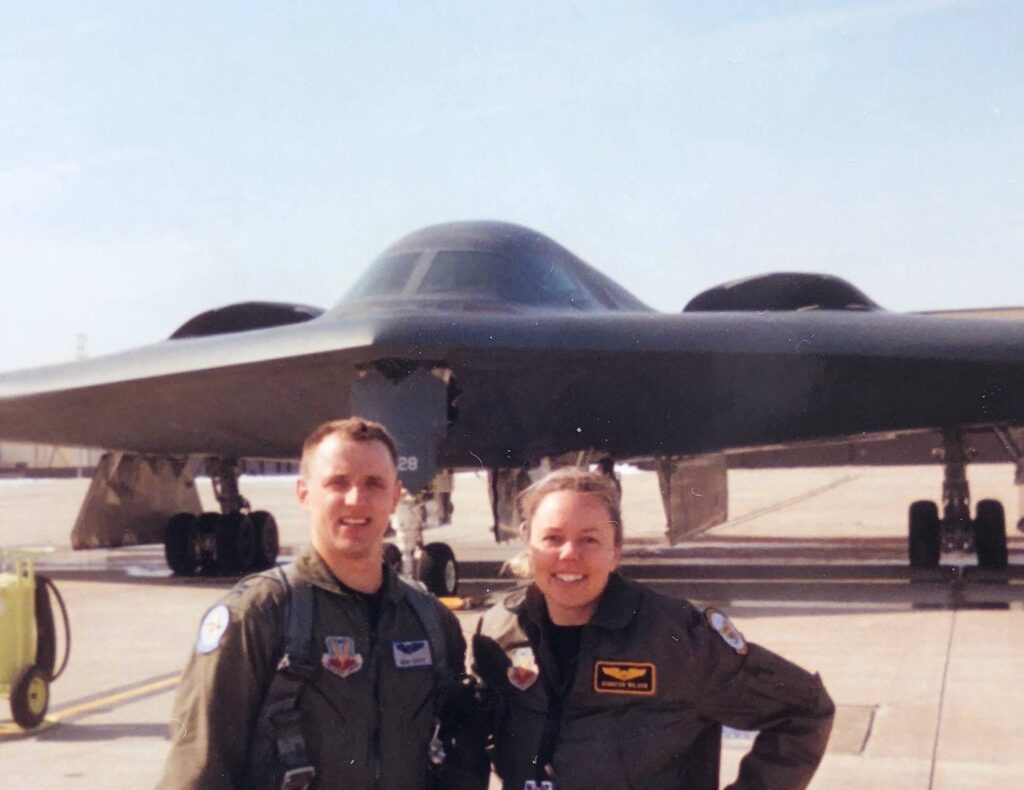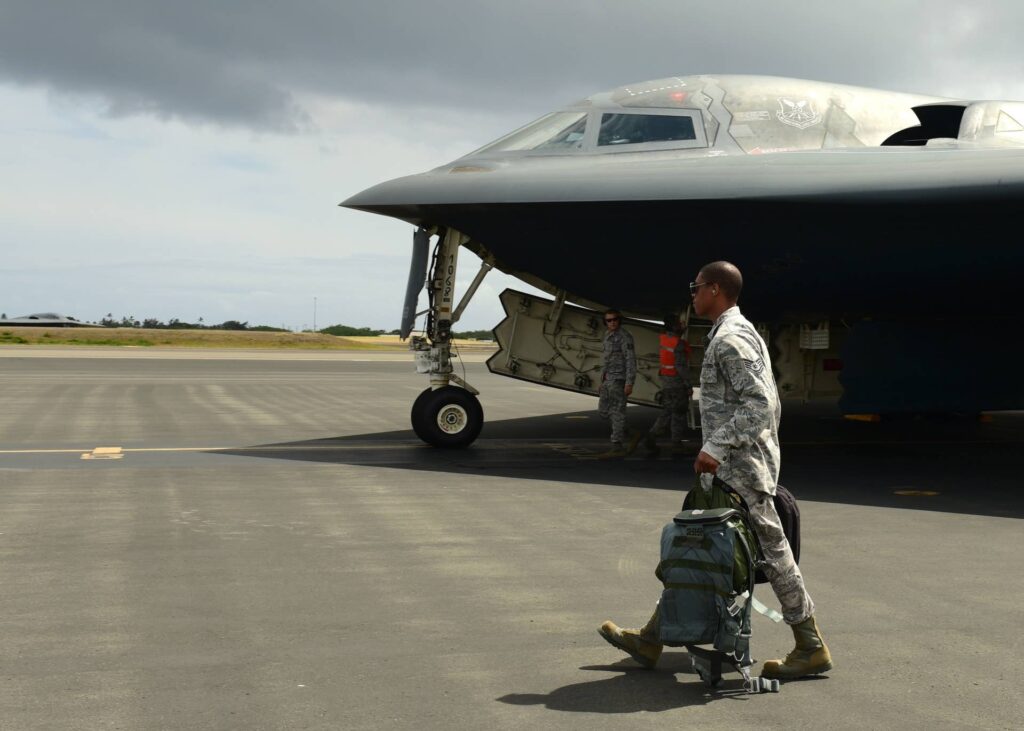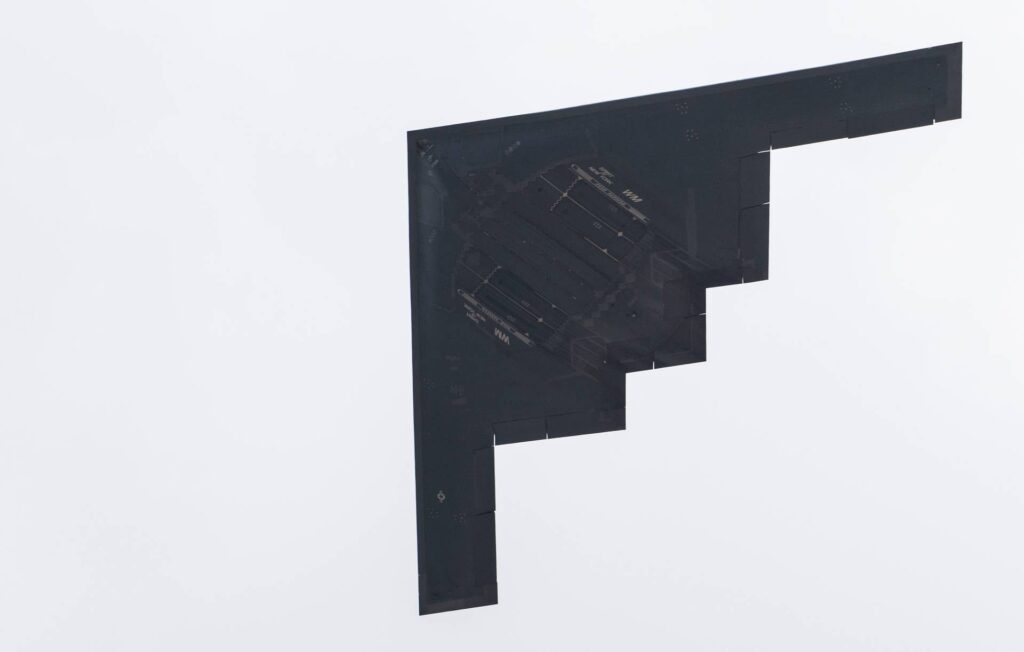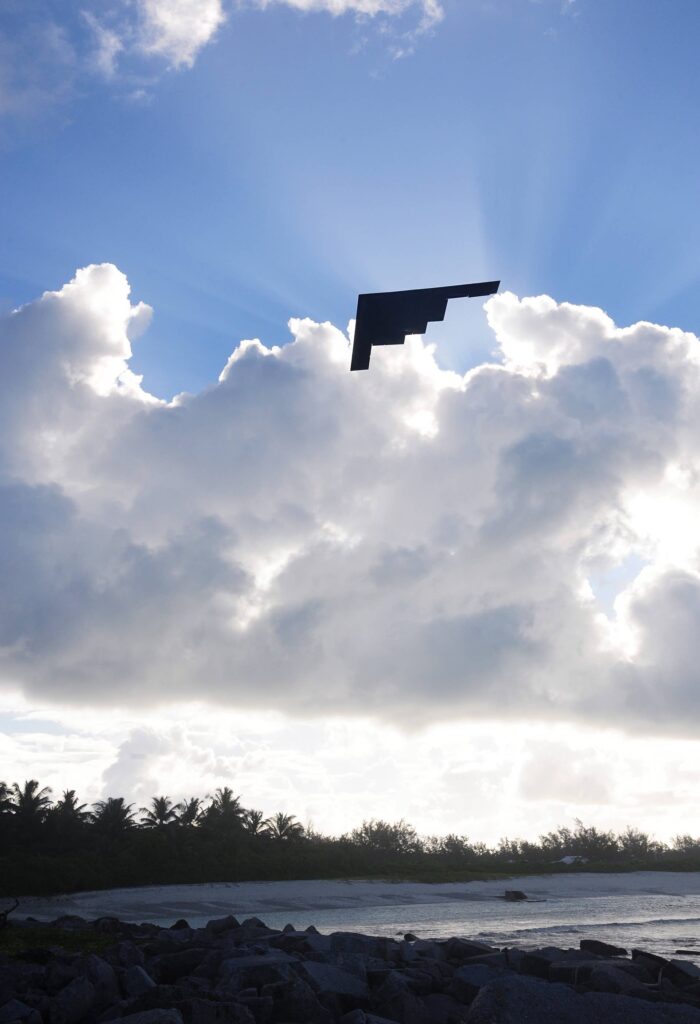
Alright folks, let’s dig into the mind-blowing stealth abilities of the legendary B-2 Spirit! This bad boy is a rare gem in the world of planes, with only 21 of them ever built. Despite its massive 170-foot wingspan, it can glide through the skies like a stealthy bird, fooling those infrared seekers left and right. Oh, and did I mention it has four big engines? Yeah, it’s a true stealth master.
So, how the heck did those engineers manage to make this giant plane practically invisible to the detection systems designed to spot threats? Well, they went all out with some seriously advanced computer testing. Back in the day, when they were working on planes like the F-117 and B-1, they had to rely on nerds armed with slide rules and minimal computer modeling. But when it was time for the B-2, those nerds had supercomputers at their disposal. They used their tech wizardry to create a model with no flat surfaces that could reflect radar signals back to the sensors. Yeah, it was a bit more challenging to manufacture, but hey, the increase in stealth was totally worth the extra costs.
Now, imagine this scenario: if the B-2 were flying straight towards radar, most of those waves would actually be deflected a whopping 90 degrees away from the receiver. Radar operators would be scratching their heads with next to nothing to work with. Talk about a major headache for the enemy!
But here’s the catch: if those engines were mounted outside the sleek design of the B-2, it would lose a big chunk of its stealthiness. So, what did those crafty engineers do? They decided to mount those engines inside the aircraft and created special openings for intake and exhaust. Those openings were designed in a way that they wouldn’t bounce back any radar waves. Sneaky, right?
Now, let’s talk about that exhaust situation. Aircraft can be easily tracked by their infrared signatures, especially at close ranges. The B-2 needed some serious tech to diffuse or mask its infrared emissions, and boy, did they deliver! They’ve got a bunch of classified systems to help with this. The exact shape of the exhaust plays a significant role, but they also cool down the exhaust and mix it with the outside air. The end result? An exhaust that’s almost the same temperature as the air flowing into the intake. It’s like playing hide-and-seek with those pursuing missiles and fighters. They’ll be scratching their heads, wondering where the heck that B-2 disappeared to.

But wait, there’s more! The B-2 has another trick up its sleeve to make it even harder to spot. It’s incredibly quiet, like a ninja in the sky. People who have witnessed B-2 flyovers at sporting events have reported being able to have normal conversations without being drowned out by engine noise. Unlike most other jets that announce their arrival with a roar, the B-2’s tiny acoustic signature means that most folks on the ground won’t even know there’s a plane up there. It’s like a ghost in the sky, silently doing its thing.
When you combine all of these mind-blowing features, you get a plane that’s like a phantom in the sky. It’s got little radar visibility, it’s too quiet for most people on the ground to even notice, and it gives off minimal heat, making it a total headache for those pesky missiles and fighters trying to take it down.

Now, let’s not forget that this whole stealth game requires skilled pilots and careful planning. Determined defenders could still try to hunt down a B-2 using low-frequency radar waves and skilled fighters, especially if it ventures into a highly populated or well-defended area.
However, even in such scenarios, the B-2 has another trick up its sleeve. The final element of B-2 stealth comes from good intelligence gathering, which allows pilots and planners to chart relatively undefended routes or find pathways that the B-2 can overcome.
While the B-2 is primarily designed to act as a first-wave attacker, neutralizing ground-based air defenses and creating “alleys” for less stealthy aircraft, it has proven its versatility by taking on other targets as well. For example, during the invasion of Iraq, the B-2 was deployed to strike bunkers housing command and control elements. This flexibility is particularly valuable when there is a need to eliminate a high-value target early in the timeline, bypassing the dismantling of the enemy’s air defense network.

In certain situations, there may be no time to wait for the B-2s to finish opening up air corridors. In such cases, B-2s are swiftly sent to the final target, or alternatively, B-1s are deployed if the B-2s cannot reach the location in time. The objective is to achieve the mission goal, and dealing with enemy radars can be addressed later.
This is what makes the B-2 truly exceptional. Despite its higher cost per flight hour and a lower bomb-carrying capacity compared to planes like the B-52 and B-1, the B-2 can reach targets that few other platforms can, largely due to its remarkable stealth capabilities.

In conclusion, the B-2’s stealth is a result of groundbreaking engineering, extensive computer testing, and strategic design choices. By minimizing radar observability, infrared signatures, and acoustic cues, the B-2 operates in a realm of near invisibility. While it’s not invincible and requires skilled pilots and careful planning, the B-2’s remarkable stealth capabilities make it a formidable asset, capable of hitting targets that few other platforms can reach.

Leave a Reply